How Rising Sea Levels Threaten Millions of Septic Tanks in the South
Backyard floods have been causing a strange epidemic in the south. Groundwater rising from shores has plagued residents with gurgling septic tanks and out-of-commission toilets.
Florida has faced massive challenges recently with harsh storms and rising sea levels, but nothing has hit so close to home as the recent issue of flooded backyard septic tanks.
History of Septic Tanks in the South
Septic tanks work by collecting wastewater from toilets in homes; they can often be used in places that were developed before comprehensive pipe systems were laid.

Source: Giuseppe Mondi/Unsplash
Having an independent septic tank means paying for it to be emptied every few years instead of relying on free public water systems. The South especially favors septic tanks because many homes and vacation spots are remote.
The Forefront of the Planet’s Rising Seas
The rising shorelines of Florida, Louisiana, South Carolina, and Texas have all caused extensive disasters and billions in infrastructure damage in the past few decades. The shoreline has increased by more than 6 inches since 2010, a drastic change affecting many heavily populated areas in the south.
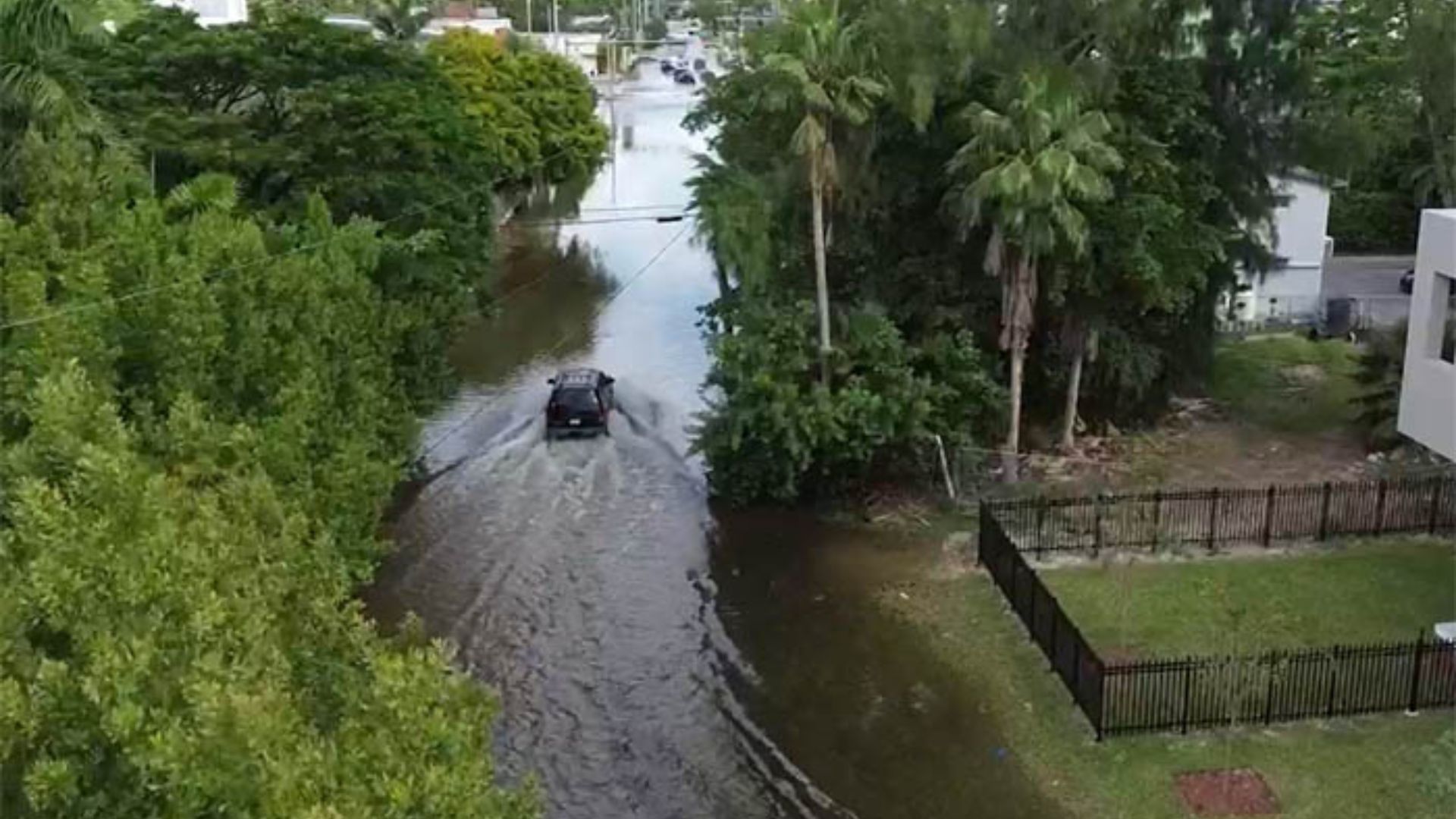
Source: @james_aura/X
The high water levels increase the intensity of hurricanes, flooding, and cause the destruction of luxury homes in coastal regions.
Ticking Time Bombs Underground
To work properly, septic tanks need to sit above an adequate amount of dry soil. Due to the fact that tanks are buried underground to hide the smell and the large pieces of machinery, many homeowners are unaware of when their tanks become flooded.
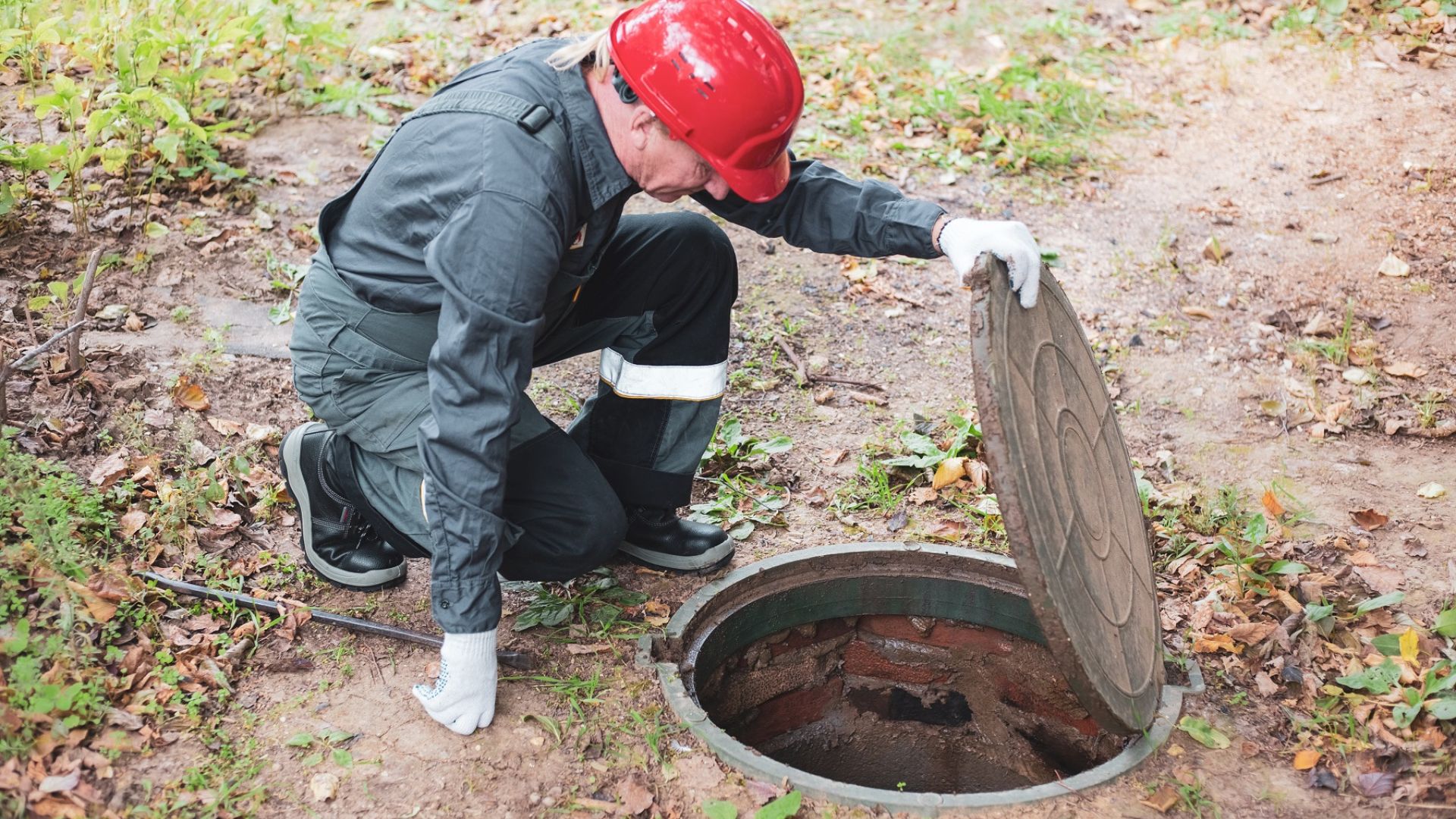
Source: @GoSocialAgent/X
Many homes in the swamps of Florida and the low country of South Carolina are remote, and authorities have had a difficult time tracking the locale of every septic tank. Researchers will never know all the areas where septic tanks have already been compromised due to rising water levels.
Septic Tanks Often Compromise Water Drinking Sources
Most large cities and modern areas have moved away from septic tanks completely. It’s entirely too common for septic tanks to flood underground and compromise nearby groundwater sources and aquifers that supply drinking water for the same residents.
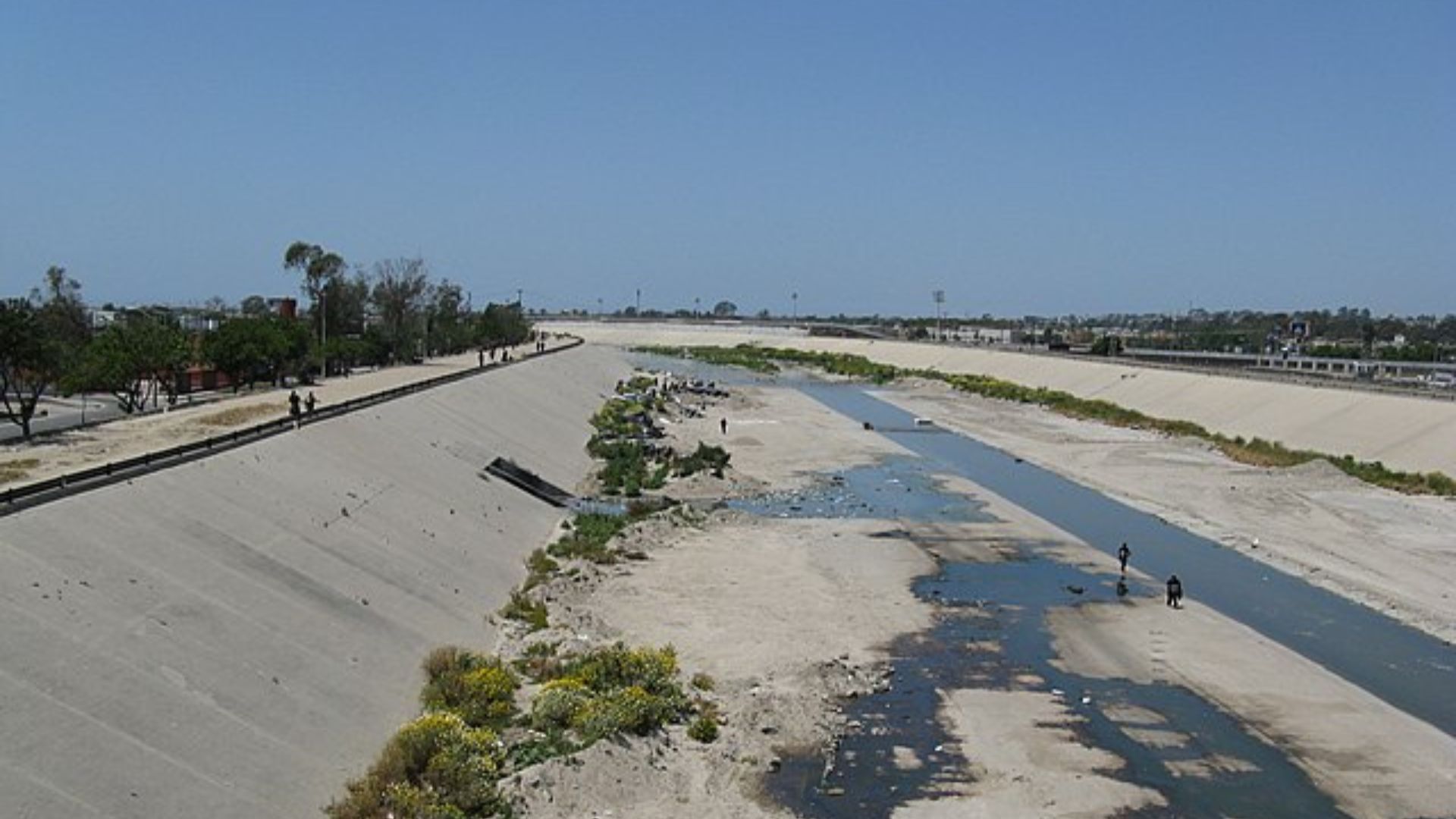
Source: Public Domain/Wikipedia Commons
Failing septic systems can also spread disease outbreaks, algae blooms, and ecosystem damage. Earlier this year, many idyllic beaches in California were closed because intense rains caused raw sewage to spill into the Dominguez Channel.
Miami Especially at Risk of a Mass Septic Disaster
Currently, there are an estimated 120,000 septic systems in the Miami-Dade area. The surprising number of tanks in the area shows how much the population grew in the 80s when Miami landed on the map as a world-class city and septic systems were standard for new homes.
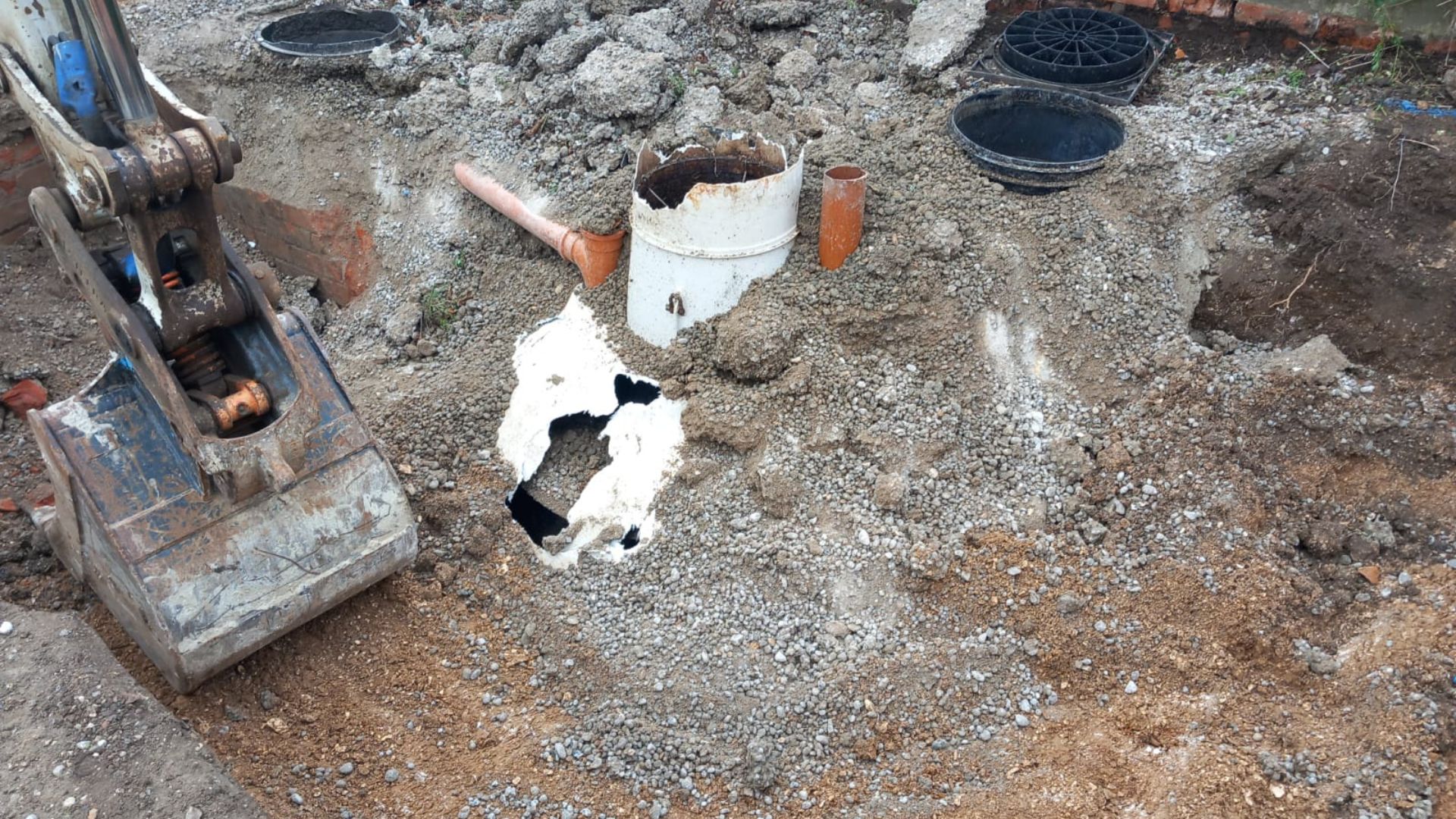
Source: @PBSConstruct/X
Now, city officials say that about half of those tanks are repeatedly compromised during severe storms and wet periods throughout the year.
Waters Will Continue to Rise in Florida
Florida is especially affected by global warming because of its extensive shorelines. Coastal regions around the Atlantic and Gulf coasts have seen more than six inches of sea level rise in the past fifteen years.
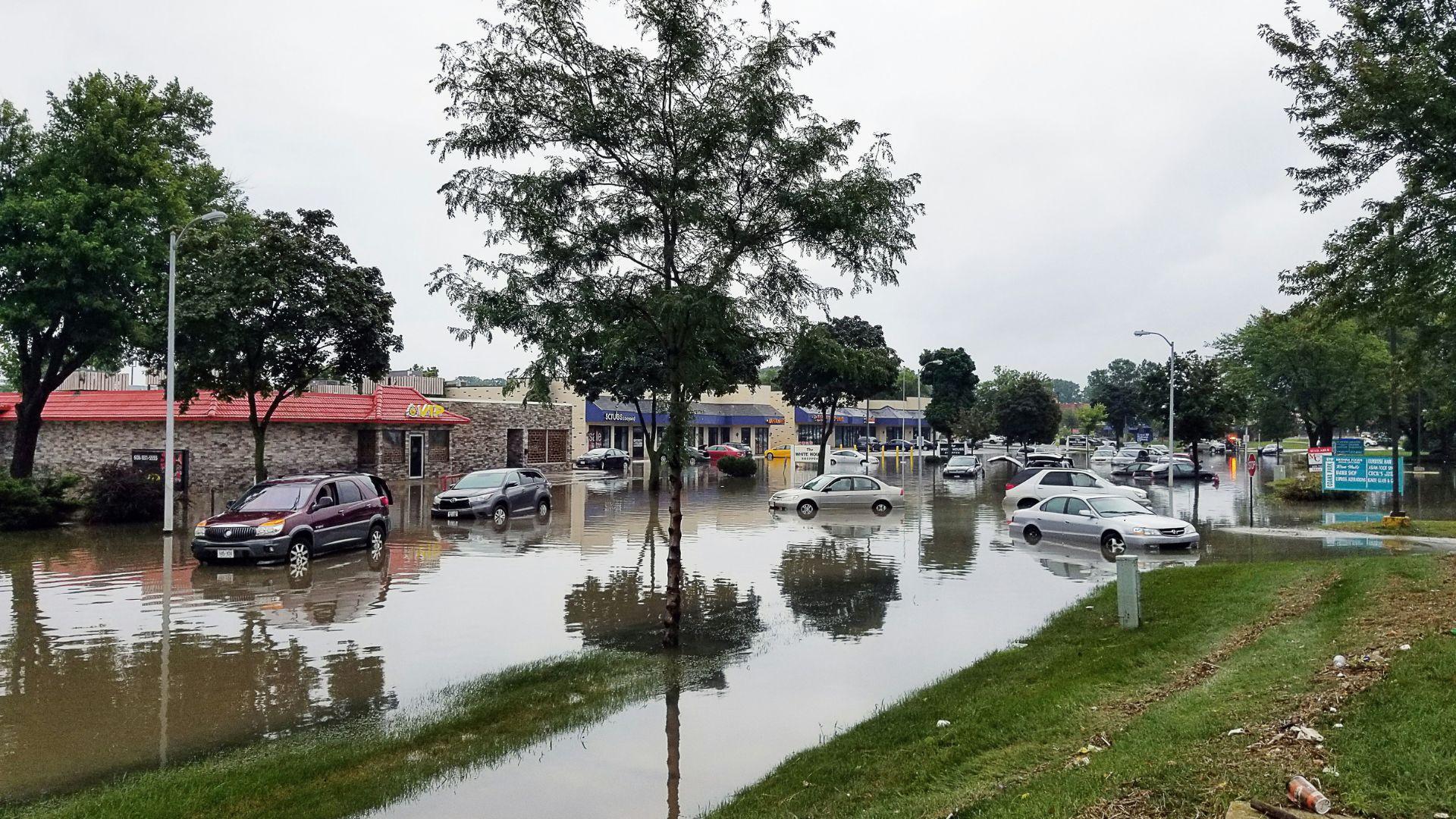
Source: jim gade/Unsplash
Scientists predict that the sea level will continue to rise at an alarming rate. The increased water level does more than decimate coastal regions; it causes pervasive issues with infrastructure in inland areas, essentially choking the city’s storm drain systems.
Expensive Repairs Plaguing Homeowners
Flooded inland areas, backed-up plumbing, and destroyed septic tanks cost owners thousands in repairs every year. Because of the area’s pervasive environmental issues, many homeowners struggle to afford the proper insurance since costs rise in highly affected areas.

Source: Wade Austin Ellis/Unsplash
In addition to homes and buildings suffering, people can also become sick with gastrointestinal diseases and other illnesses as wastewater fills their yards and streets.
City Officials Race To Replace Septic Systems
Now that the city has acknowledged that the flooding issue will only continue to worsen each year, they are under the wire to replace the many septic tanks with comprehensive plumbing.

Source: Karl Callwood/Unsplash
However, the wetland often causes construction crews to postpone work. Even if the daunting task is successful, the project will likely cost the city billions, which it doesn’t have to spend.
Miami Has Become a Disposable City
Many people have referred to Miami as a “disposable city.” Developers continue to build homes and high-rises in new areas regardless of the constant environmental issues threatening the spaces being developed.

Source: Aurora Kreativ/Unsplash
As South Florida continues to face flooding, sea level rise, and infrastructure issues, the city may become unlivable in the near future.
North Carolina Plagued With Leaking Septic Systems
Researchers estimate that more than 1 million septic tanks in the state of North Carolina have leaked into drains and waterways, eventually reaching the ocean.

Source: Gene Gallin/Unsplash
The state struggles to find concrete solutions to remedy the issues. Many areas in North and South Carolina have unregistered septic tanks and the city may not be aware of the entirety of the issue.
Low Lying Areas Will Face Constant Disasters
In many of the low-lying areas in North Carolina, rising groundwaters will continue to strangle septic tanks with water. Decades of out-of-date septic systems have strained water treatment systems in the area due to increased bacteria spread.
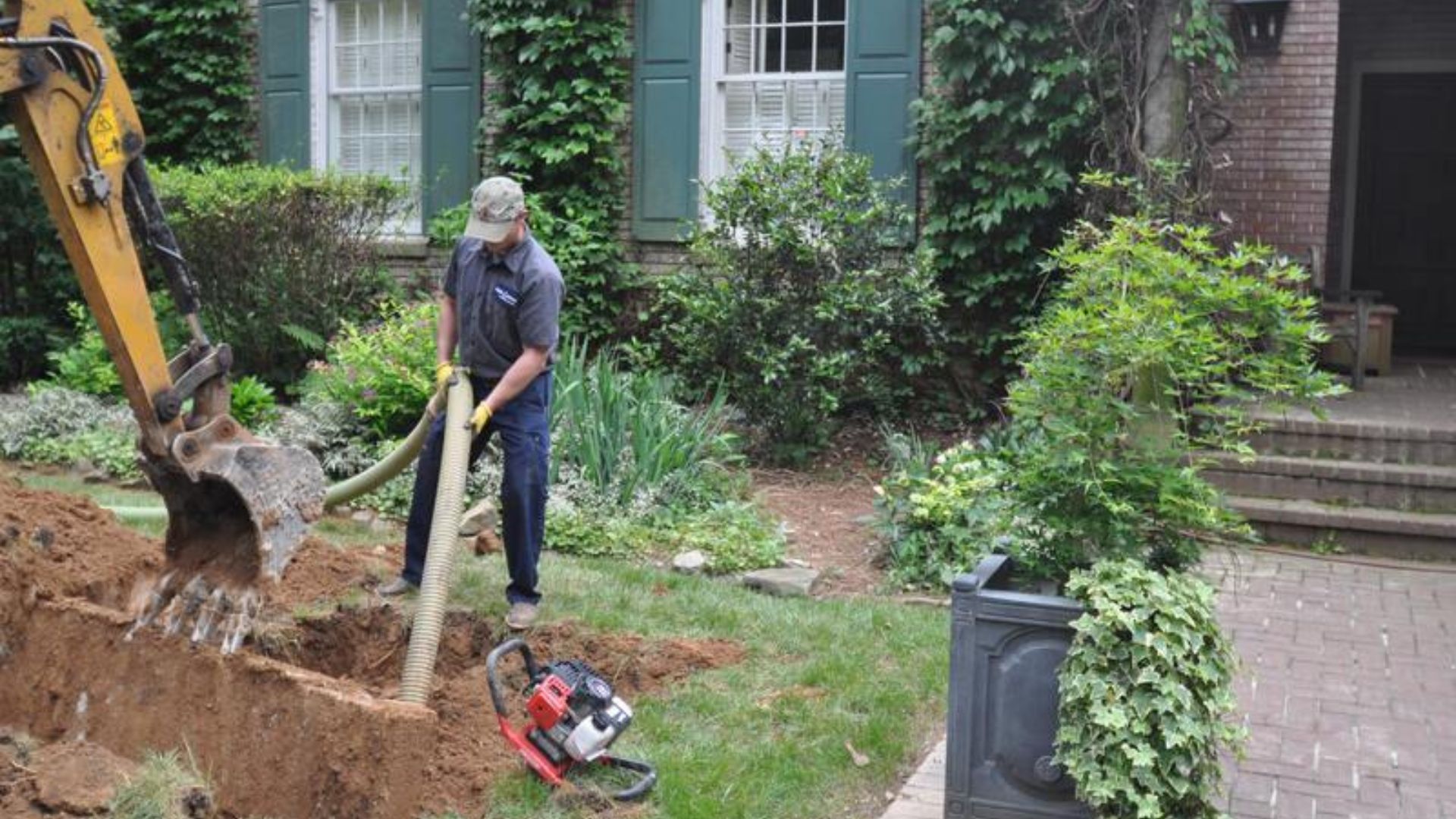
Source: @speticraleigh/X
Homeowners are likely to spend more than $30,000 on average to replace or install new water treatment systems. Millions more dollars must be added by the city to update the storm systems and plumbing in residential areas.
